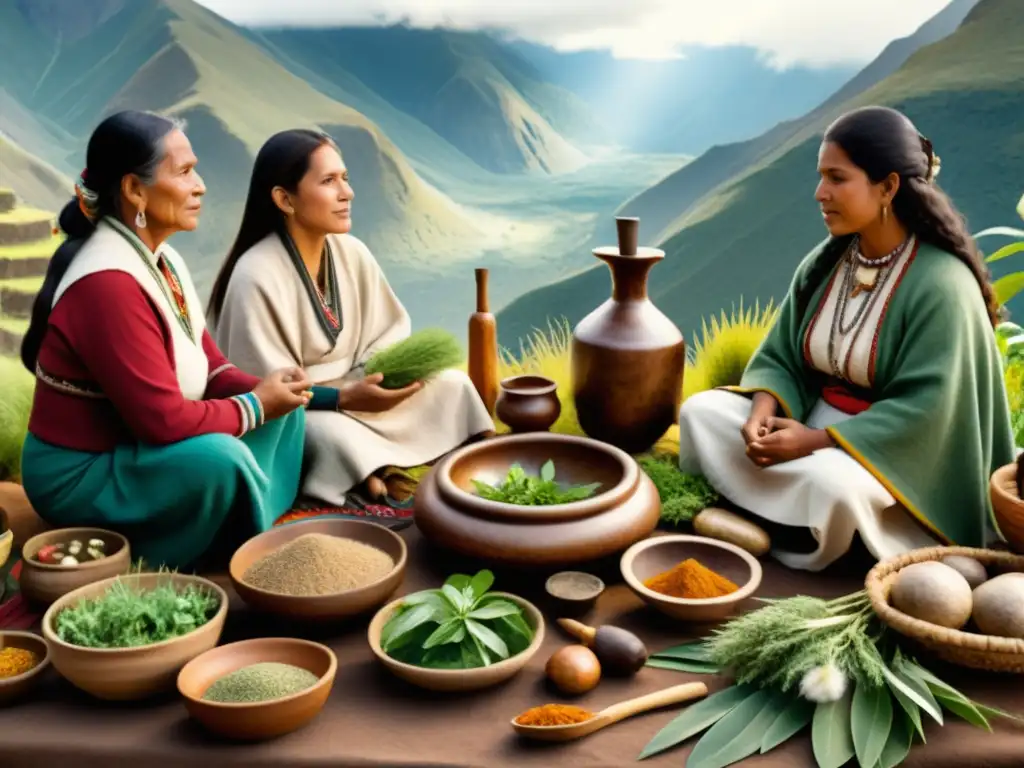
Forget merely seeing dots on a map; an Ancestral Puebloan sites map is a living tapestry woven from stone, spirit, and the enduring human story. It’s not just an archaeological guide but a profound journey into the heart of a sophisticated, resilient civilization that thrived for centuries across the challenging landscapes of the American Southwest. For the discerning traveler and history enthusiast, this map is a portal, offering a chance to connect directly with the ingenuity, identity, and deep spiritual heritage of the people who shaped this land long before modern borders existed.
Unveiling the Ancestral Puebloans: Identity Forged in Stone and Spirit
The people we now refer to as the Ancestral Puebloans (a more respectful and accurate term than the outdated "Anasazi," which is a Navajo word meaning "enemy ancestors") were a complex mosaic of cultures, not a single monolithic tribe. They flourished across the Four Corners region—the intersection of present-day Arizona, New Mexico, Colorado, and Utah—from approximately 200 CE to 1300 CE, evolving from nomadic hunter-gatherers into master architects, innovative farmers, and astronomers. Their identity was inextricably linked to their environment, their communities, and their profound spiritual connection to the land.
The map reveals this evolution, showing shifts in settlement patterns, architectural styles, and cultural practices over time. It traces their journey from Basketmaker cultures, living in pithouses and developing early agriculture, through successive Pueblo periods marked by increasingly complex multi-story structures, sophisticated irrigation, elaborate pottery, and vast trade networks. These sites are not abandoned ruins; they are the ancestral homes of today’s Pueblo peoples, including the Hopi, Zuni, Acoma, and many Rio Grande pueblos, who continue to carry forward their rich traditions, languages, and spiritual practices. The map, therefore, is also a testament to cultural continuity and the enduring legacy of a remarkable people.

Deciphering the Map: Key Sites and Their Stories
The Ancestral Puebloan map is dotted with national parks, monuments, and archaeological preserves, each telling a unique chapter of this grand narrative.
1. Chaco Culture National Historical Park (New Mexico): The Cradle of a Civilization
Chaco Canyon stands as the undisputed epicenter of Ancestral Puebloan culture, a testament to their organizational prowess and astronomical wisdom. Far from a collection of isolated dwellings, Chaco was a ceremonial, administrative, and economic hub between 850 and 1250 CE. The map of Chaco is dominated by massive "Great Houses" like Pueblo Bonito, Chetro Ketl, and Hungo Pavi—structures of unprecedented scale, some containing hundreds of rooms, kivas (circular ceremonial chambers), and sophisticated multi-story architecture.

What truly makes Chaco extraordinary, and evident on any detailed map, is its intricate network of ancient roads, some stretching for hundreds of miles, radiating out from the canyon like spokes on a wheel. These roads connected Chaco to over 150 "outliers"—smaller Chacoan-influenced communities—suggesting a vast, interconnected cultural sphere. The precision of Chacoan architecture, with its astronomical alignments marking solstices and equinoxes, speaks volumes about their advanced understanding of the cosmos and its role in their spiritual and agricultural cycles. A visit here is to walk among the remnants of a highly centralized, deeply spiritual society whose influence reverberated across the Southwest.
2. Mesa Verde National Park (Colorado): Cliff Dwellings and Defensive Innovation
Moving north on the map, Mesa Verde presents a dramatic shift in architectural style and settlement strategy. Between 1150 and 1300 CE, Ancestral Puebloans here began constructing their iconic cliff dwellings—elaborate multi-room structures built into natural alcoves on canyon walls. Sites like Cliff Palace, Balcony House, and Spruce Tree House are masterpieces of adaptation, offering natural protection from the elements and a formidable defensive advantage.
Mesa Verde’s location on the map, high on a mesa overlooking fertile valleys, indicates a community prioritizing both resources and security. The shift from mesa-top villages to these precarious cliffside homes suggests a period of increasing environmental stress, population growth, and possibly inter-community conflict. The intricate passageways, small kivas, and storage rooms within these dwellings paint a picture of tightly-knit communities living in close proximity, demonstrating incredible communal effort and ingenious use of their natural environment.

3. Canyon de Chelly National Monument (Arizona): Continuity and Sacred Space
Further west, Canyon de Chelly offers a unique perspective on Ancestral Puebloan life, blending ancient history with contemporary living. Unlike many abandoned sites, Canyon de Chelly has been continuously inhabited for over 5,000 years, first by Ancestral Puebloans, then by Hopi, and now primarily by the Navajo Nation. The map here highlights not just ruins but a vibrant, living landscape.
Within the canyon’s towering sandstone walls, sites like White House Ruin and Antelope House are stunning examples of cliff dwellings and mesa-top structures. The long history of occupation here underscores the enduring spiritual significance of this place. For the Navajo, the canyon is their ancestral homeland, and their presence today ensures that the ancient stories and traditions remain alive, making it a powerful example of cultural continuity that transcends archaeological labels.
4. Hovenweep National Monument (Utah/Colorado): Towers and Resourceful Adaptation
Sprawled across a more dispersed area on the map, Hovenweep showcases another fascinating aspect of Ancestral Puebloan ingenuity: its unique concentration of multi-story stone towers. Dating primarily from 1200 to 1300 CE, these enigmatic structures—including Holly, Cajon, and Square Tower Groups—are built on canyon rims and boulders, often overlooking scarce water sources.
The purpose of these towers remains a subject of debate, but their strategic placement on the map suggests roles in defense, astronomical observation, and perhaps signaling. Their construction in a relatively arid environment also highlights the Ancestral Puebloans’ mastery of dryland farming techniques and their ability to maximize every drop of water in an unforgiving landscape. Hovenweep’s sites, while smaller than Chaco or Mesa Verde, speak to the resourcefulness and diverse architectural expressions within the broader Ancestral Puebloan world.

5. Aztec Ruins National Monument (New Mexico): A Chacoan Echo and Reoccupation
Despite its misleading name (given by early settlers who mistakenly attributed it to the Aztecs), Aztec Ruins is a crucial site for understanding the Ancestral Puebloan migration patterns. Located north of Chaco Canyon, the map shows it as a large "Chacoan outlier," featuring a massive Great House remarkably similar in design to those found in Chaco. Built around 1100 CE, it initially served as a regional center influenced by Chaco.
However, after the decline of Chaco, Aztec Ruins experienced a significant reoccupation and modification by people migrating from the Mesa Verde region around 1200 CE. This site therefore illustrates the dynamic movement and interaction of different Ancestral Puebloan groups, showcasing how cultural traditions blended and adapted as people sought new homes and resources in a period of change.
6. Bandelier National Monument (New Mexico): Later Settlements and Volcanic Landscapes
Further east, Bandelier National Monument represents a later phase of Ancestral Puebloan occupation, primarily from 1150 to 1550 CE. The map here shows a dramatic landscape of volcanic tuff cliffs, into which the Ancestral Puebloans carved "cavates"—small cave dwellings—and built multi-story pueblos against the cliff faces, such as the impressive Frijoles Canyon.
Bandelier’s location, near the Rio Grande, suggests a shift towards perennial water sources as environmental conditions elsewhere became more challenging. The presence of large kivas and petroglyphs at sites like Tyuonyi underscores the continued importance of ceremonial life and spiritual expression. This site bridges the gap between the classic Ancestral Puebloan sites and the emergence of the modern Pueblo communities along the Rio Grande, showcasing the adaptation to new environments and the continuation of core cultural practices.
Beyond the Structures: The Deeper Meanings on the Map
The Ancestral Puebloan sites map is more than just a guide to impressive architecture; it’s a key to understanding a people’s identity, their challenges, and their worldview.
- Resource Management and Resilience: The placement of every site, from the monumental Chaco to the subtle water-harvesting features at Hovenweep, speaks to an intimate knowledge of their environment. They developed sophisticated dryland farming techniques, complex water management systems, and a deep respect for the land’s resources, demonstrating remarkable resilience in the face of arid conditions.
- Trade and Connectivity: The presence of exotic materials like turquoise, macaw feathers, and obsidian at sites hundreds of miles from their origin points highlights extensive trade networks. The map implicitly traces these ancient routes, revealing a connected world where goods, ideas, and people moved freely across vast distances, fostering cultural exchange and interdependence.
- Astronomical Prowess and Spirituality: The precise alignments of structures at Chaco, the sun daggers, and the celestial observations reflected in kivas and rock art across the map underscore a profound connection to the cosmos. Their spiritual beliefs were deeply intertwined with the cycles of the sun, moon, and stars, guiding their agriculture, ceremonies, and understanding of their place in the universe.
- Community and Identity: Each cluster of dwellings, each kiva, represents a community—a group of people bound by kinship, shared labor, and common beliefs. The varied architectural styles, from the massive scale of Chaco to the intimate cliff dwellings of Mesa Verde, reflect diverse approaches to community living, but all speak to a strong sense of collective identity and purpose.
The Great Migration and Enduring Legacy
Around 1300 CE, most of the major Ancestral Puebloan sites depicted on the map were largely abandoned. This "Great Migration" was not a disappearance but a complex process driven by a combination of factors: prolonged drought, resource depletion, social upheaval, and perhaps conflict. The map, therefore, also illustrates a period of significant demographic shift.
The Ancestral Puebloans did not vanish; they migrated south and east, eventually settling in areas with more reliable water sources, primarily along the Rio Grande and on the Hopi Mesas. Here, they merged with existing populations and formed the basis of the modern Pueblo cultures. The map, in its silent way, thus points to this profound journey, connecting the ancient past with the vibrant present of living Pueblo communities whose traditions, languages, and ceremonies are direct descendants of the people who built these magnificent sites.
Traveling Through Time: Ethical Engagement
For those inspired to explore this map in person, it’s crucial to approach these sites with respect and an understanding of their deep cultural significance.
- Prepare and Plan: Many sites are remote. Research access, trail conditions, and necessary permits.
- Respect the Land and Culture: These are not just tourist attractions but sacred ancestral lands. Stay on marked trails, do not touch or remove artifacts, and respect any closures or cultural guidelines.
- Support Local Communities: Engage with modern Pueblo communities where possible, supporting their arts, crafts, and cultural centers. This fosters a deeper understanding of the living legacy.
- Leave No Trace: Practice responsible tourism, packing out everything you pack in.
The Ancestral Puebloan sites map is far more than a geographical reference. It is an invitation to witness human ingenuity, adaptation, and spiritual depth on an epic scale. It’s a testament to a people whose identity was shaped by the very stones they laid and the landscapes they mastered. By exploring this map, whether on paper or in person, we gain not just historical knowledge, but a profound appreciation for the enduring spirit of the Ancestral Puebloans and their living descendants, whose stories continue to echo across the American Southwest.
